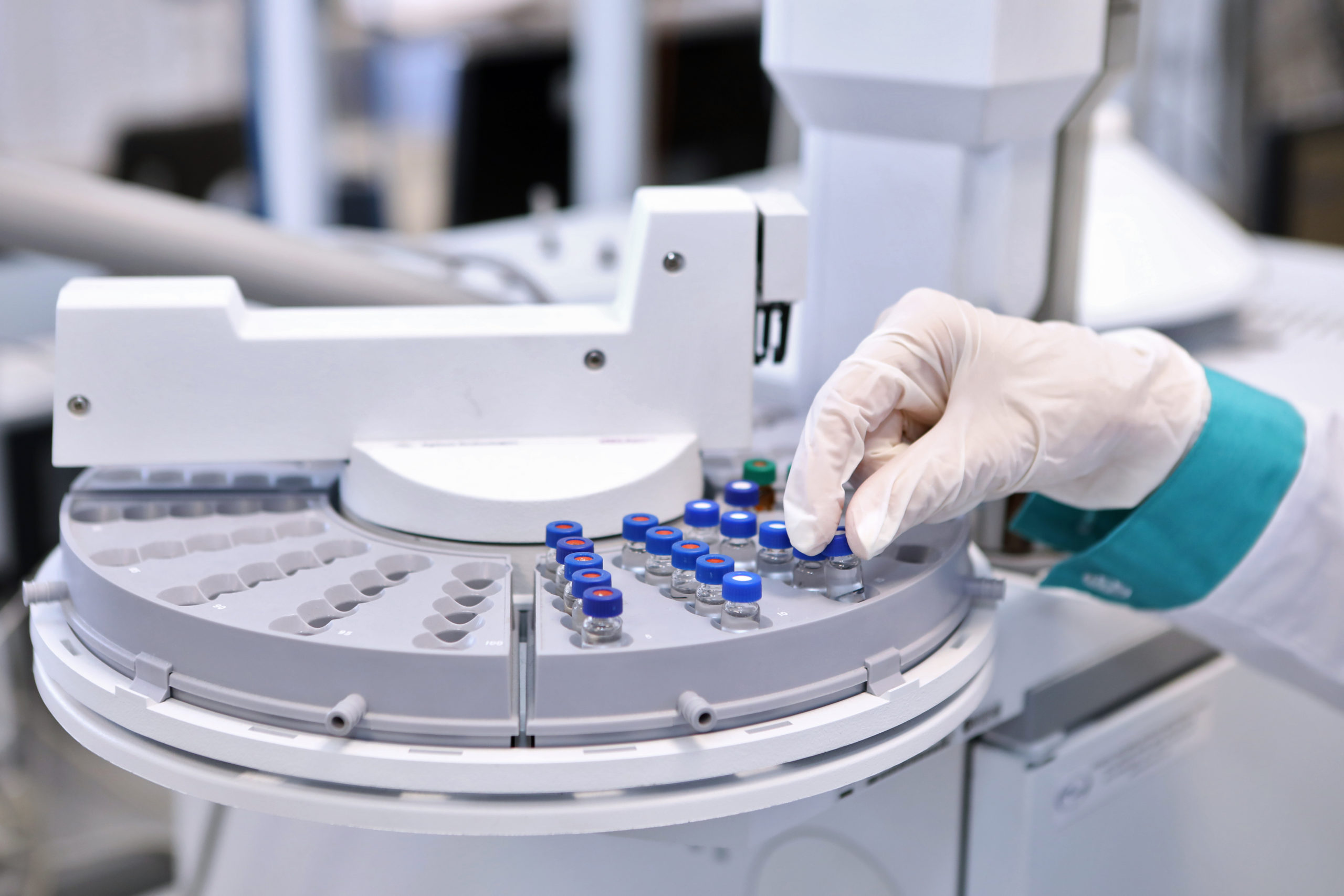Many of my colleagues in this forum know that bringing a new drug to market is an exhaustive journey in terms of time and finances. We are all well-versed on how pharmaceutical companies venture into the unknown, hoping the investments yield a safe, effective, and marketable product.
Phases of Drug Development
Drug development generally follows a linear and predictable trajectory:
- Discovery and Preclinical Testing: Potential compounds are identified and tested. This can typically take 1 – 6 years.
- Clinical Trials: Divided into three phases, these trials evaluate the drug’s safety and efficacy. In total, clinical trials average 6 – 7 years.
- FDA Review: Post trials, an application is submitted for regulatory approval. Depending on the submission type, this can take 0.5 – 2 years.
- Post-Market Surveillance: The drug is continually monitored in real-world scenarios once approved.
The process from ideation to market introduction takes about 10 to 15 years. Currently, only five advance to clinical trials for every 5,000 compounds entering the preclinical phase. Out of these, one might receive approval. In 2022, CDER approved 37 novel drugs either as new molecular entities under NDAs or as new therapeutic biological products under BLAs. That equates to 185,000 compounds entering the pre-clinical phase the 10 to 15 years prior.
The Cost
Historically, the estimated cost of drug development has spiraled. Research from the Tufts Center for the Study of Drug Development estimates the cost at $2.6 billion as of 2021, a <3-fold increase from $802 million in 2003 (adjusted for inflation). A Deloitte report this year showed the development cost for biopharmaceuticals at $2.3 billion.
Here’s a dissection of these figures:
- Preclinical Phase: Costs here, primarily due to laboratory studies and animal testing, can range from $15 million to $100 million.
- Clinical Trials: The most expensive chunk. Breakdown:
- Phase I: Approximately $25 million.
- Phase II: Can vary widely but averages around $60 million.
- Phase III: The most expensive, averaging at $350 million. However, considering the vast patient base and extensive monitoring, costs can shoot up to $1 billion for certain drugs.
- FDA Review: Submitting an application to regulatory bodies requires $2-3 million. Yet, if the regulatory body has concerns, addressing those can escalate costs considerably.
- Post-Marketing and Surveillance: Monitoring a drug post-release can add $20 million to $300 million to the development tab, dependent on the nature of the drug and the length of the surveillance.
Deciphering the High Cost
1. Failure is Expensive: Most drugs never see the light of day. Statistically, the attrition rate is staggering. About 90% of drugs that enter clinical trials fail for several reasons. For every success, there are numerous expensive failures.
2. Prolonged Development Cycle: Drug development isn’t a sprint; it’s a marathon. The decade-long journey involves consistent funding, irrespective of the outcomes.
3. Strict Regulations: Regulatory bodies impose stringent standards to safeguard public health. Meeting these standards necessitates expansive and expensive testing.
4. Inflation: The Tufts Center report indicates that the annual average cost of drug development has risen 7.4% above inflation. This rise is attributed to more complex trial designs, higher costs for trial participants, and an increasing focus on chronic and degenerative diseases.
A Worthwhile Investment?
Given these staggering costs, one might wonder if it’s all worth it. From a humanitarian perspective, the answer is a resounding “yes.” Every successful drug holds the potential to save or enhance countless lives. Financially, a successful blockbuster drug can generate billions in revenue for pharmaceutical companies, offsetting the costs of its development and that of other unsuccessful candidates.
However, these immense costs directly impact drug pricing, which is often a bone of contention. High prices can make essential drugs inaccessible for vast population swaths. Hence, balancing R&D costs with affordability remains a challenge.
According to the Deloitte report, the ROI from pipeline products is falling. The average peak forecast of annual sales in 2022 fell 22% vs. the prior year ($500 million down to $389 million). The decline is attributed to the higher cost of advancing pipeline products to market.
The Future – Streamlining Costs
There’s active research and debate on streamlining drug development to make it more efficient and cost-effective:
- Technology: Artificial intelligence and machine learning are expected to play pivotal roles in shortening drug development cycles and predicting which drugs have higher chances of success. One positive from the COVID-19 pandemic was the advancement of new capabilities that, before 2020, were only being discussed. If the industry can continue to utilize, or better, accelerate their use, then more efficient drug design and development is possible.
- Collaboration: Increased collaboration between pharmaceutical companies can share costs and risks. Big Pharma has the horsepower to drive the development of pharmaceutical products. However, boutique/virtual companies are faster at innovation. Working together can create vast and less siloed pipelines for drug development. Further integrating supply chain management of downstream suppliers earlier in the process gives a greater opportunity for success on the manufacturing side of the business.
- Regulatory reforms: Simplifying the drug approval process without compromising on safety can also help reduce costs. Additionally, more and earlier cooperation between industry and regulatory bodies helps coordinate strategies to navigate the approval pathway.
Conclusion
The development of a drug product, from its conception in a laboratory to its journey to the patient’s bedside, is riddled with scientific and economic challenges. While development costs are extraordinarily high, the potential societal benefits and financial returns can be profound. The adage is true: time is money. It’s crucial, moving forward, to find ways to expedite the drug development process. This has to be done as we improve patient safety and provide efficacious therapies, ensuring that the marvels of modern medicine are accessible to all.
